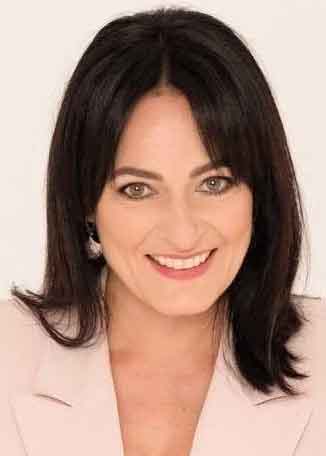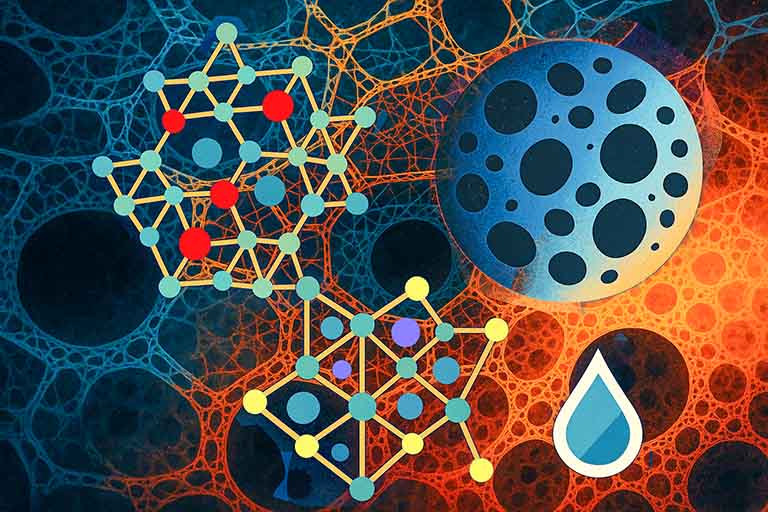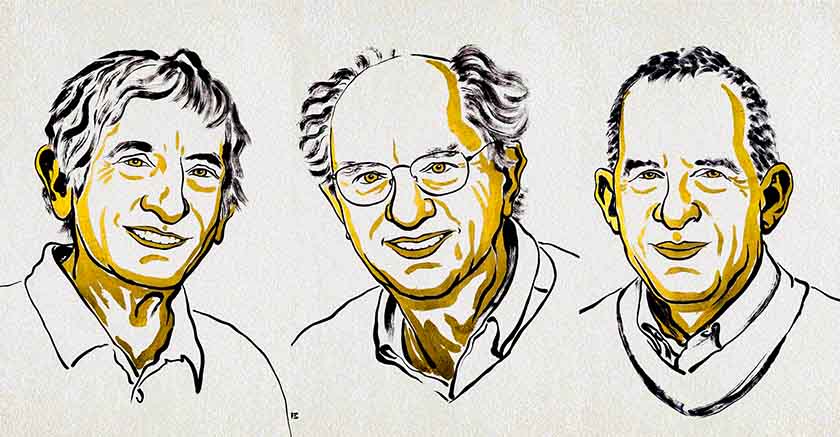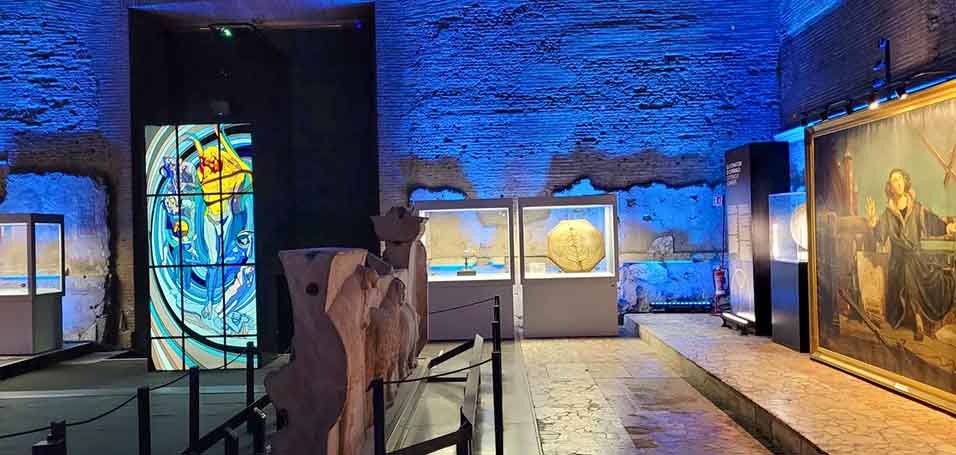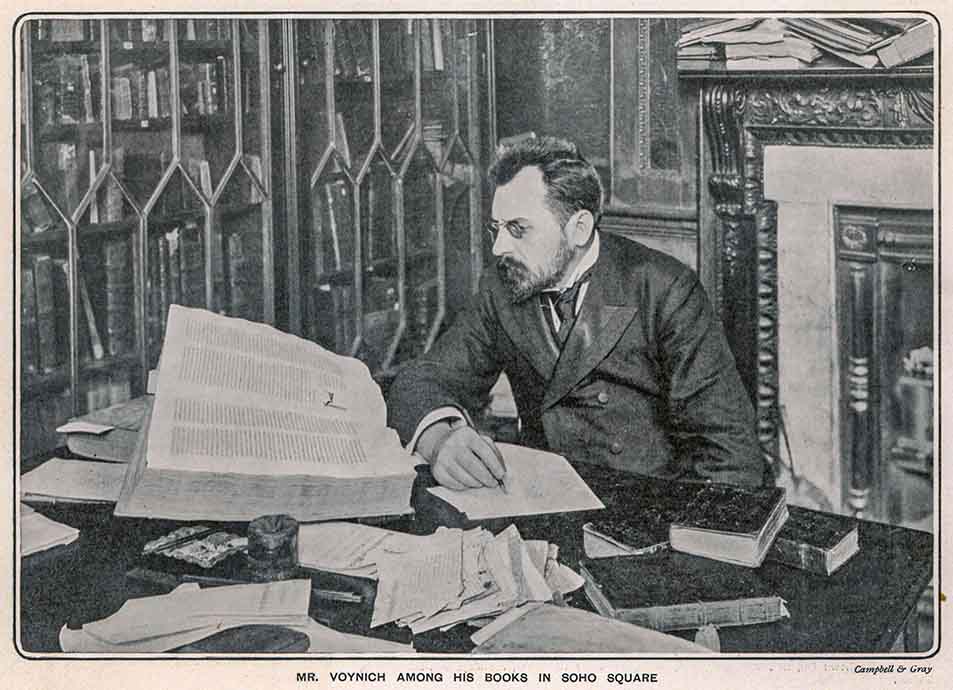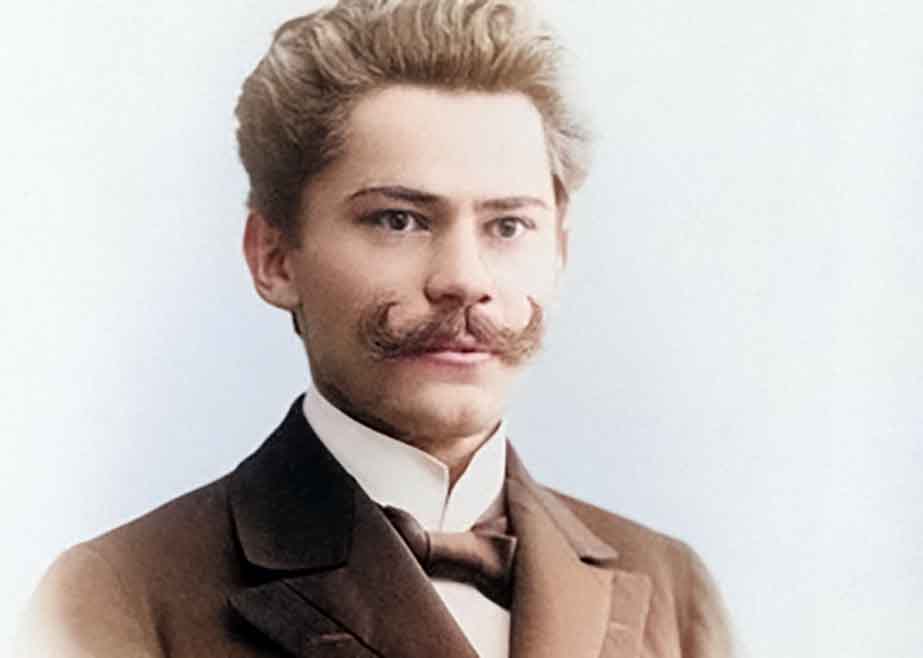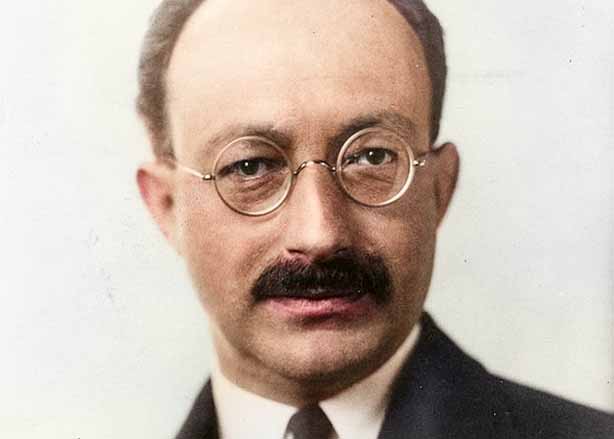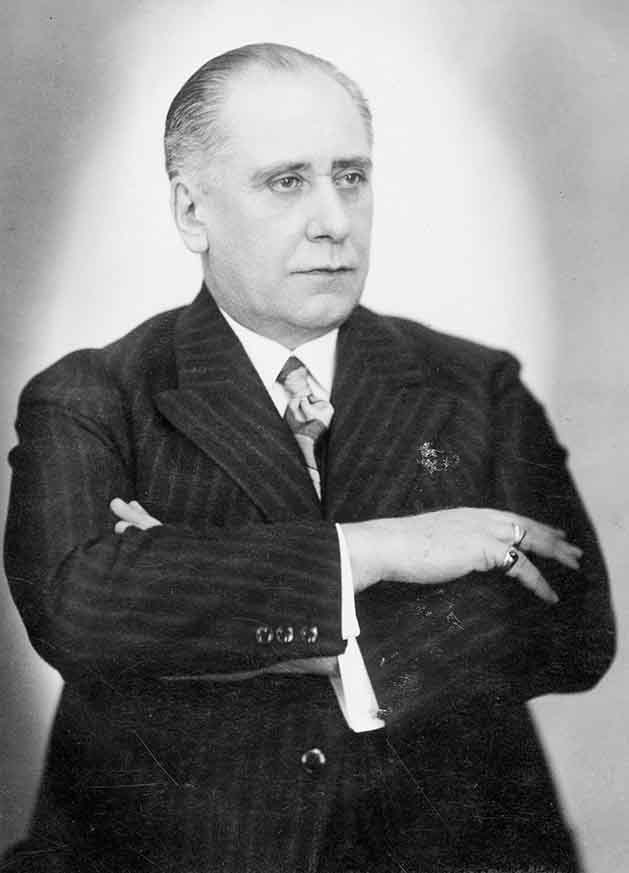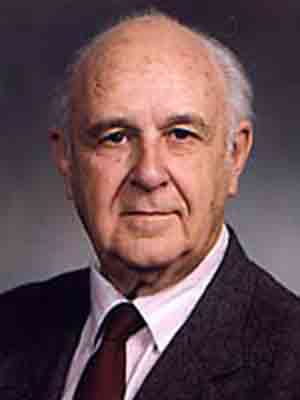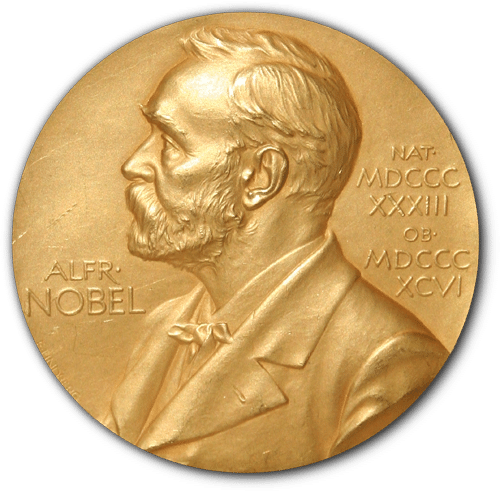The tenement house at 16 Freta Street in Warsaw's Old Town, which has housed a museum dedicated to Maria Skłodowska-Curie since 1967 - the centenary of her birth - is the birthplace of the great Polish scientist. The five children of Marianna and Władysław Skłodowski, of whom Maria was the youngest, were born there. Not only did the family live at this address, but Marianna ran a boarding school for ladies and Władysław taught mathematics and physics. They both passed on to their children a love of science and an ability to learn, which eventually led to Maria being awarded a professorship at the Sorbonne, something no woman had ever been honoured with before, two Nobel Prizes and more than a dozen honorary doctorates.
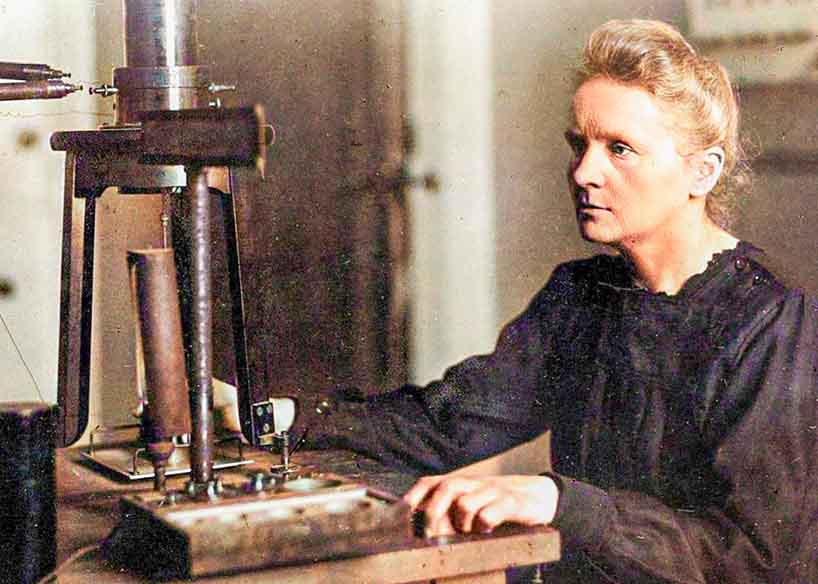
Maria Skłodowska-Curie (Source: DlaPolonii.pl)
Before all this could happen, Maria first graduated with a gold medal from the Third Female Government Gymnasium in Warsaw in 1883. She did her first research in the physics laboratory of the Museum of Industry and Agriculture. She had to study outside the country because the Tsarist authorities did not allow women to attend universities in the 'Vistula country'. She and her sister Bronka decided to study in Paris, but they did not have enough money. They agreed that the older would go first and the younger would find a job and send money to her sister, after which Maria would go to Paris and Bronka would help her get started. This is what happened. Maria became a governess in Szczuki, near Ciechanów.
She arrived in the French capital in 1891. She endured the hardships of everyday life there - her modest attic flat was hot in the summer, freezing in the winter, and similar conditions prevailed in the laboratory - but she paid no attention, absorbed in her studies and in learning French. Well-educated for the conditions she lived in, she had to catch up with the French students. She worked twice as hard. It was at the home of Professor Józef Wierusz-Kowalski that she met her future husband, the physicist Pierre Curie. They went on their honeymoon by bicycle in the summer of 1895.
Together they studied the phenomenon of radioactivity. They discovered two elements, polonium and radium. They were awarded the Nobel Prize for Physics in 1903. Less than three years later, at the age of 47, Pierre was killed in a car accident. Marie was left with two young daughters, Irène, the future Juliot-Curie, also a Nobel laureate in chemistry, and Ève-Curie Labouisse, journalist, writer, and diplomat.
Maria's dream was to build the Radium Institute in Paris - a modern research centre and hospital for cancer patients treated with radiation. The discoverer of radium could not afford it. The industrial process for extracting the radioactive element was very expensive, and the Curies refused to patent the formula they had developed, believing that it belonged to all mankind. The community in the United States, including the Polish community, helped. The journalist Marie Maloney became the fundraiser.
The building of the Institute was completed just before the outbreak of the First World War, and its opening was postponed due to difficult circumstances. Unable to directly help her country gain independence, Maria became involved in the fight for France. She organised mobile X-ray laboratories and went to the front with her daughter Irene to rescue wounded soldiers.
She never forgot her roots and stressed her Polish identity. She was a patriot from an early age. While working in Szczuki, she held secret classes for village children undergoing Russification. She did not consider studying in St Petersburg, although that was an option. After graduating from the Sorbonne, she tried to get a job in the physics department at the Jagiellonian University, but the doors were still closed to women. She deliberately chose the name Polon to refer to her homeland. It was, in today's language, a very good PR idea. In the Maria Skłodowska-Curie Museum, there is a table with the periodic table of elements used in the Prussian partition, in which polonium was crossed out. The Prussians were afraid that it would stir up patriotic feelings among the Poles.
Following the establishment of the Radium Institute in Paris, Maria wanted to set up its equivalent in Poland. In 1929 she travelled to America again to raise funds. Her compatriots in Poland had also been involved in fundraising. They bought expensive bonds, but also small stamps and other gifts - everyone wanted to share in the great scientist's work. The Nobel laureate's arrival in Warsaw for the opening of the institute in May 1932 was to be her last visit to Poland.
She had two homelands: the one she was born in and the one that 'adopted' her. France gave her a university education, and the opportunity to research and make discoveries. It was there that she started a family and raised her daughters. France honoured her by burying her in the Paris Pantheon, the mausoleum of great Frenchmen. Poland awarded her the Order of the White Eagle posthumously on the 100th anniversary of the country's independence. She is the patron of many schools, streets and universities, and the heroine of books, plays and films.
Let us speak of Maria as the most famous Pole and Varsovian in the world, a scholar of all times. A hundred years ago she was made an honorary citizen of Warsaw. Let us remember her. She left behind many achievements and words of encouragement, such as this sentence: 'In life, you should not be afraid of anything, you should only understand it.' For her contemporaries, she is a universal model of a courageous and sensitive person.
Visitors from all over the world come to the museum dedicated to her. The Japanese and Chinese in particular are excellent visitors. Maria's biography is a must-read and is often given as a gift to Korean teenagers on their way to adulthood. The Maria Skłodowska-Curie Museum popularises the biography of the scientist through guided tours of her birthplace, educational lessons and walks in the footsteps of the Nobel laureate. It is also preparing to open a new permanent exhibition.
It is currently running a series of popular science conferences on her achievements and impact, issuing commemorative postcards, co-organising an outdoor exhibition at the Royal Baths Gallery and a campaign to popularise bone marrow donation. Maria Skłodowska-Curie is not a statue, she is a living person. Let us try to be like her.



